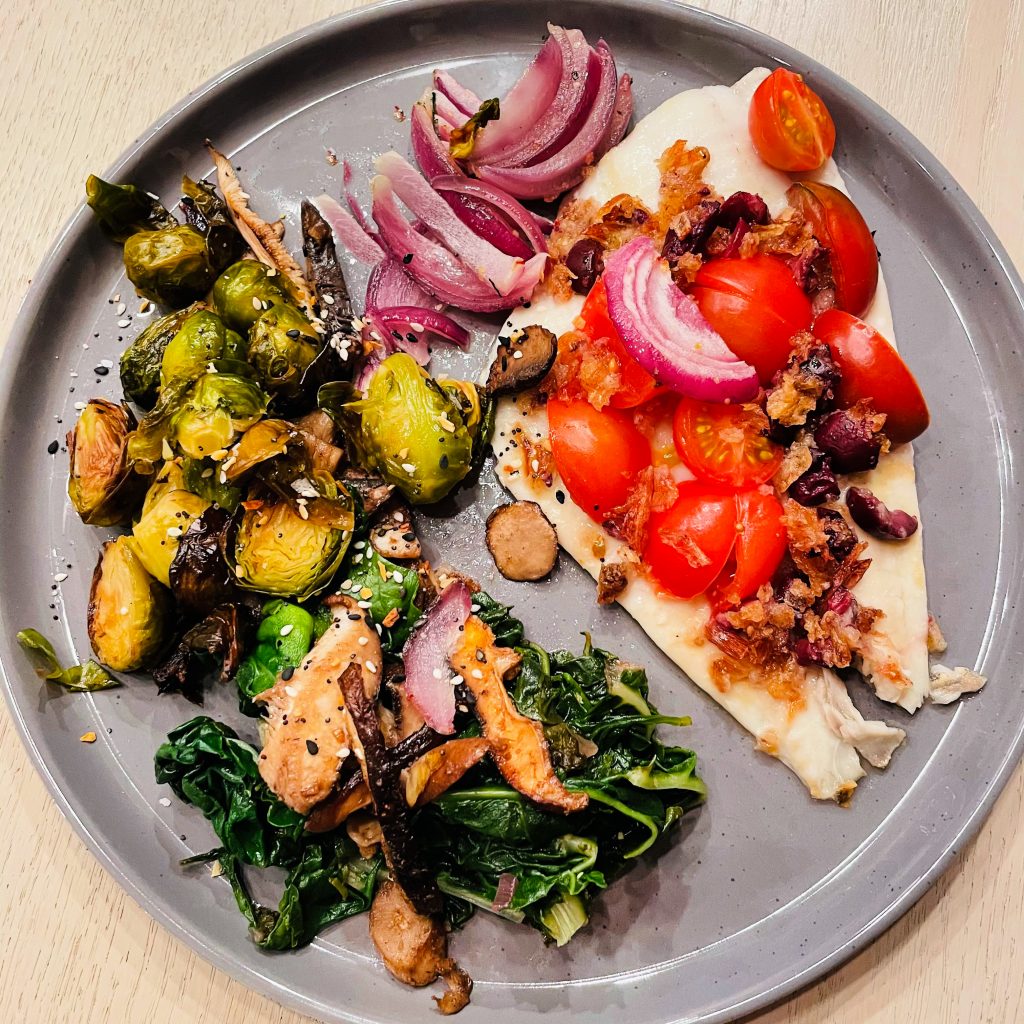Meal plans are a wonderful tool when it comes to staying consistent with healthy eating goals and habits. Having an idea about what your meals will look like ahead of time also saves energy and money, because you’ll be making fewer trips to the grocery store and using the food you already have in your pantry, fridge and freezer.
Another great benefit of meal planning is that meal time will become less stressful and hectic. With a meal plan in hand, you already have a good idea of what you’ll be eating and when you will have the most and least time to prepare food. This can help simplify your morning, midday and evening routines and prevent you from relying too much on takeout and hangry decision-making.
In order to make any meal plan successful, flexibility is essential. As with most things in life, it’s helpful to be able adjust and recalibrate expectations, and doing so with a meal plan is key as well. For this reason, when I’m creating a meal plan for my clients or for my family, focus is on balancing nutrients (proteins, vegetables, fats, and carbohydrates), portion sizes, and timing, rather than on outlining the exact foods to be eaten. This flexibility increases healthy eating success rates and makes room for daily food desires to be acknowledged.
Here are a few ways to make a flexible meal plan:
-
- Add meals to your electronic calendar so you can easily see what you’ll need and note backup options if you think you’ll need them. Using your calendar for this purpose can also help identify upcoming events and schedule changes to see what you will need to plan around, and will give you a sense of when you might be out of the house at dinner time or when you won’t have time to cook.
- Create a note on your phone with a loose meal plan for the week. With flexibility in mind, this note can be as simple as identifying which days will include a plant-based meal or one which includes animal protein. It could also be useful when planning to use leftovers.
- Use a meal kit service for a few nights a week so you don’t have to brainstorm or shop for recipes. Let convenience be your friend! Don’t have time to go grocery shopping this week? Lacking meal planning inspiration? Have a meal kit delivered to your door so that meal assembly is all you have to tackle.most plans will let you choose how many days and how many servings per week.
- Choose foods that can be easily adapted by mixing up the sauces and spices and for which you can interchange proteins, veggies, and starches. Keep meal planning simple by making staples like lean proteins, leafy greens and complex carbohydrates the stars of your meals. With these straightforward ingredients, you can easily mix and match seasonings.
- Keep a list of your favorite healthy takeout options to refer to during busy weeks to minimize decision fatigue and in-the-moment decisions you won’t feel great about later. Take a look at some of your favorite restaurants’ takeout menus and identify a few healthy meals you know you love–when it comes time to order, it’ll be super easy to make a good choice!
- Have some healthy frozen options on hand. There’s nothing wrong with stocking your freezer with frozen fruits and veggies and healthier frozen entrees. I’m often asked if frozen produce is less healthy than fresh, but in fact, not only is frozen produce super convenient to have on hand, but because it retains just as much nutrient value as fresh produce, it’s super healthy too!
- Have a shared electronic meal plan calendar so you and your family can stay on the same page and limit scrambling to make everyone happy. Having a meal plan easily accessible to all allows for everyone to give their input on what meals will be made and can ease the pressure of having to plan all the meals on your own.
Feeling grounded in our healthy food choices—with the help of a flexible meal plan—is a big step towards achieving healthy living. Keep in mind that it’s totally ok to start small–maybe plan either lunch or dinner–and build on your success as you go.
